Stop number 3, as we round the Bay of Fundy, is Hopewell Rocks.
At Hopewell Rocks, which is on the New Brunswick side of the Bay of Fundy (rather than the Nova Scotia side), the tides rise and fall an average of 33 to 46 feet.
The 40-70 foot tall “flower pot” rocks in this area were formed over thousands of years from the rain, snow, ice, wind, and tide erosion. The sea stacks become separated from the cliffs due to water trickling through the stone from above. This begins to widen the fractures in the cliffside. Then the tides erode the base of the formations, making them top heavy and a bit unbalanced. Water that expands and contracts as it freezes and thaws puts great pressure on the cracks and eventually, it forces large chunks of rock to separate from the cliffside.
Some free-standing flower pots will then stand for thousands of years. Others will stand mere hundreds. As the tides continue to erode the bottom first, each unbalanced pot will eventually topple, just as cliff erosion continues to create new flower pots.
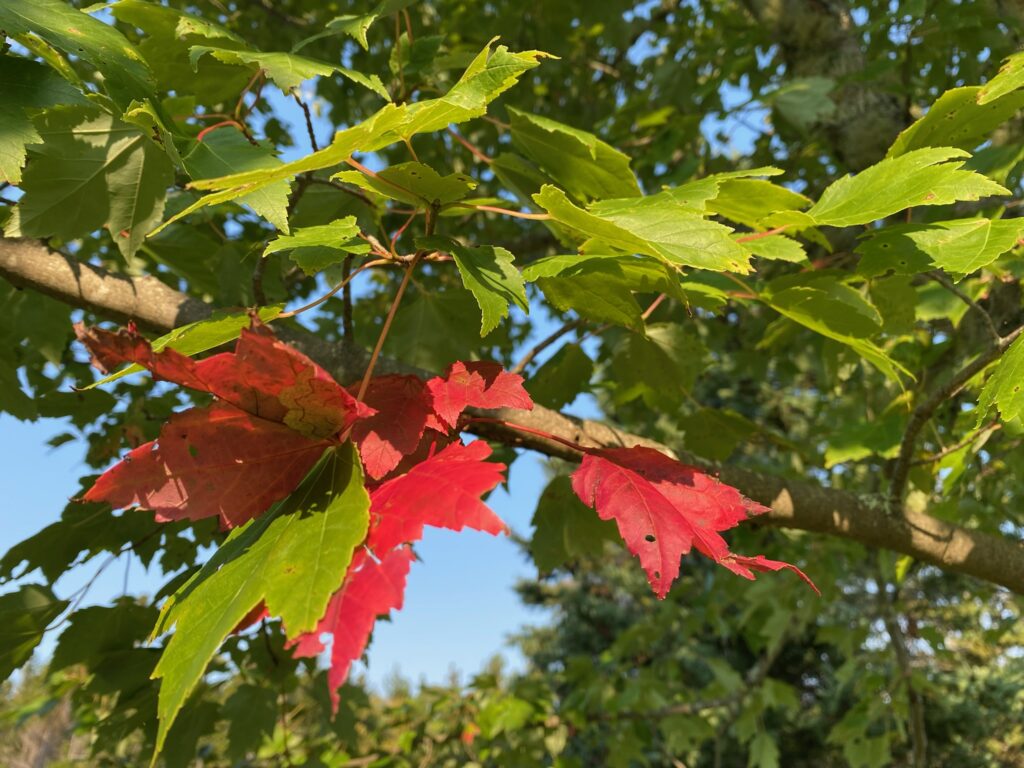
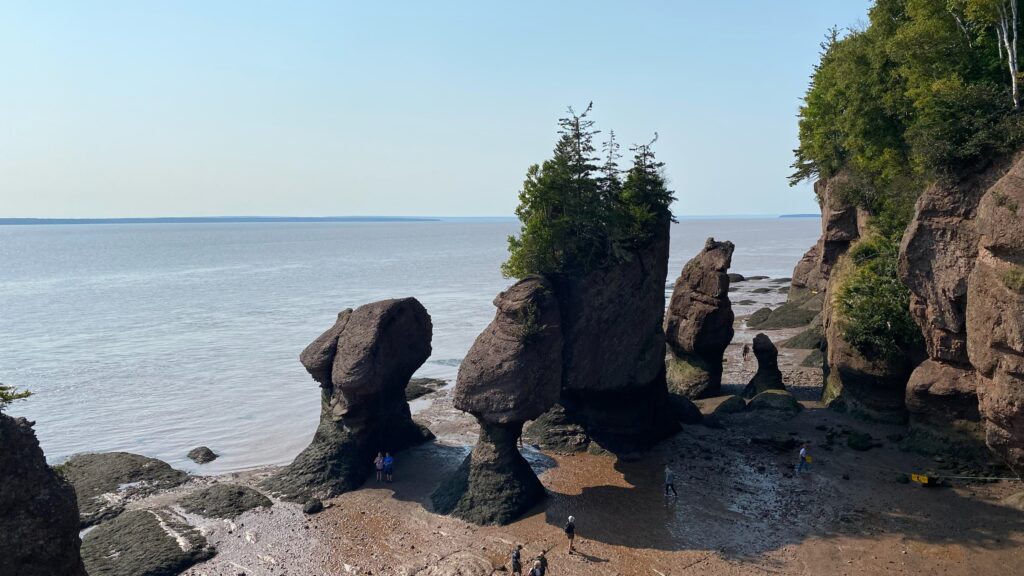
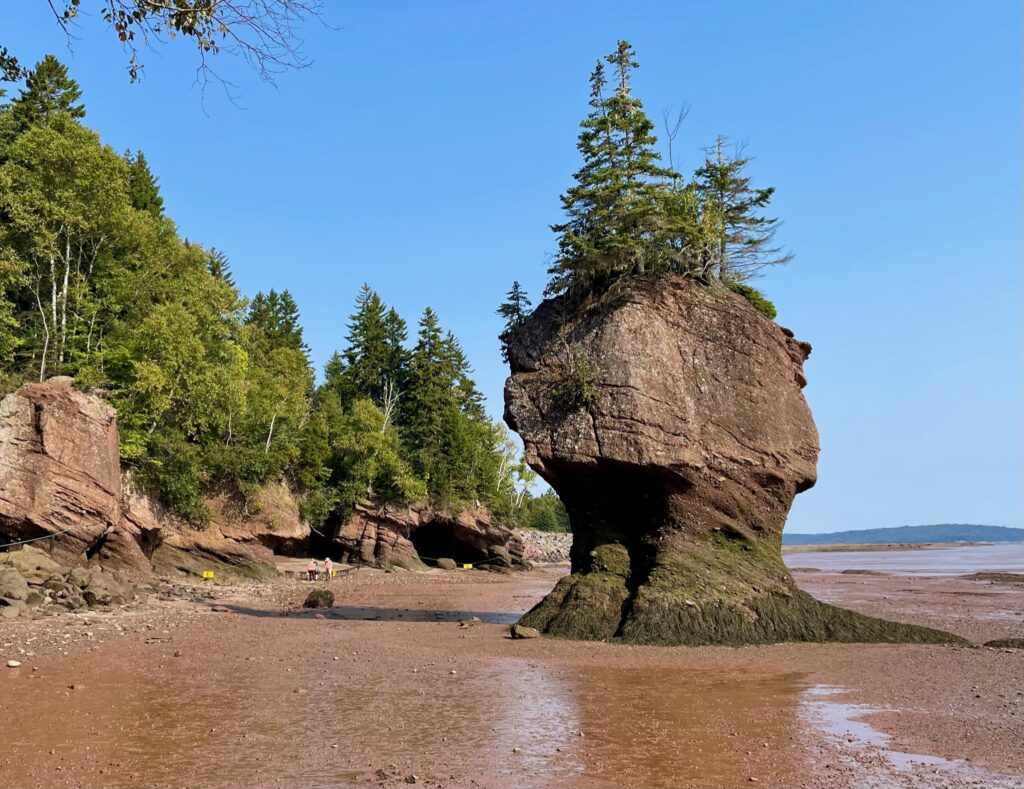
Flower Pots
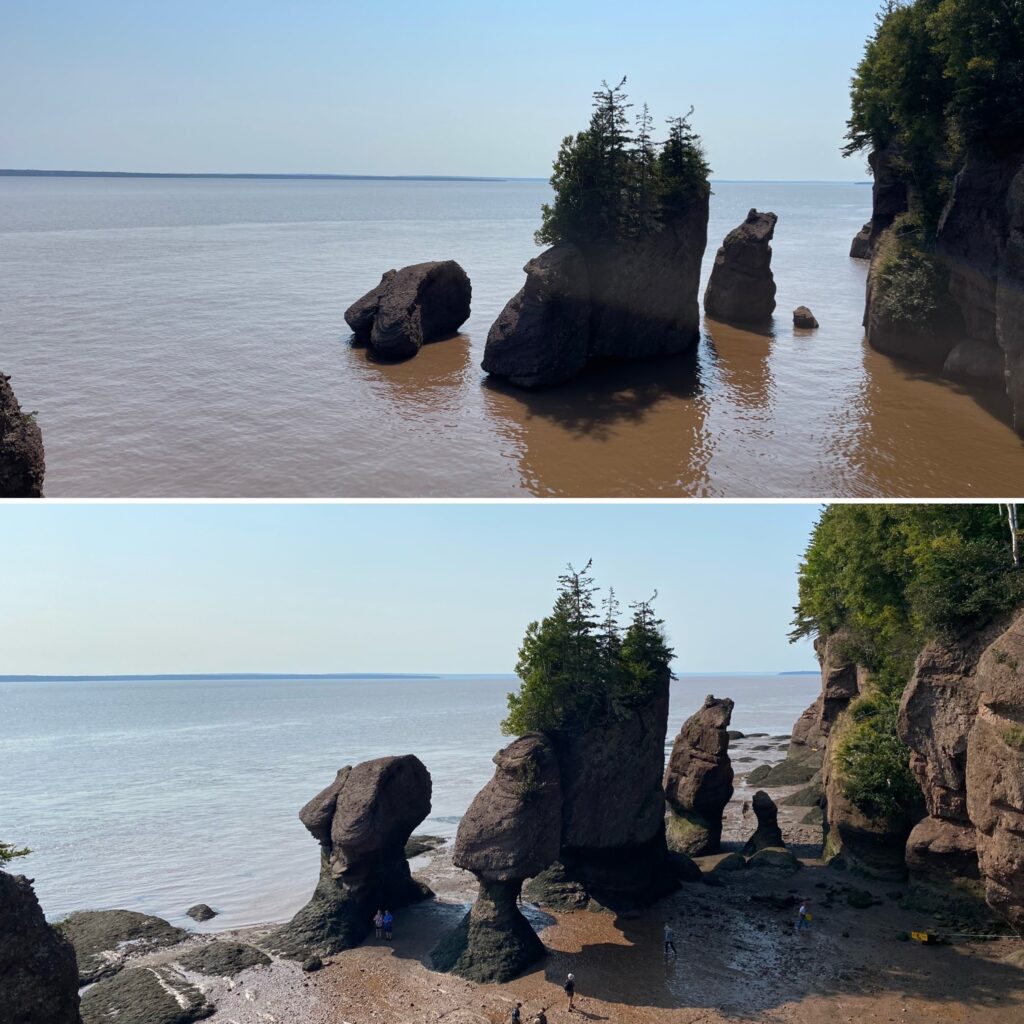
High vs Low Tide
Over 250,000 people visit Hopewell Rocks each year, making it a very popular New Brunswick attraction and commercial venture. For comparison, Burntcoat Head (post here) sees about 10,000 visitors. Hopewell Rocks has a fee. Burntcoat Head is free. At both locations, you can walk around the formations and experience the high tides. Hopewell Rocks is easier to get to and has a multitude of flower pot formations, so don’t let the crowds and cost deter you. Just understand that each location has its pros and cons.

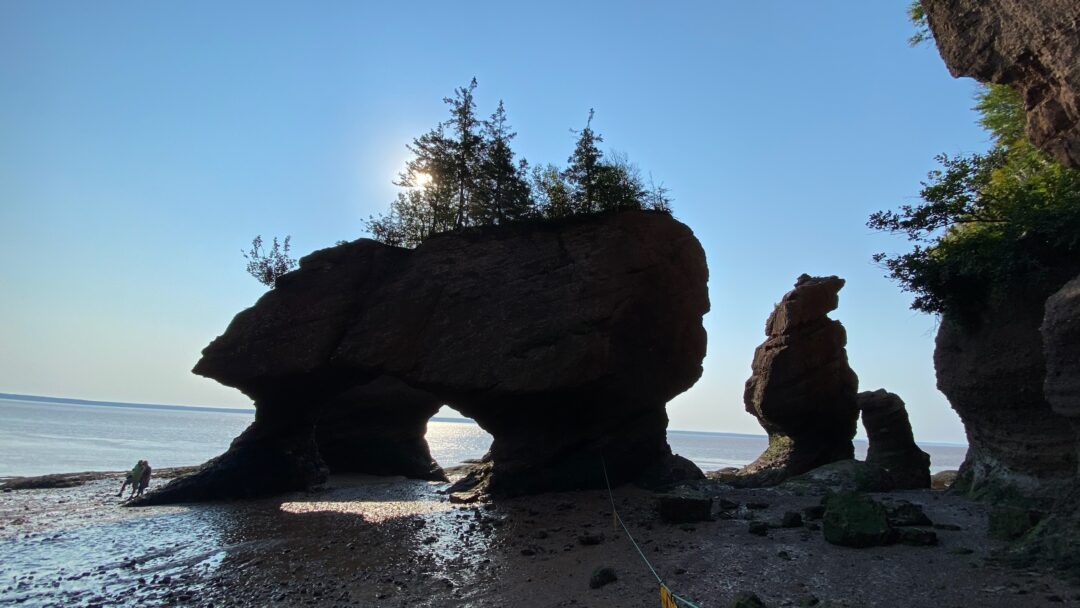

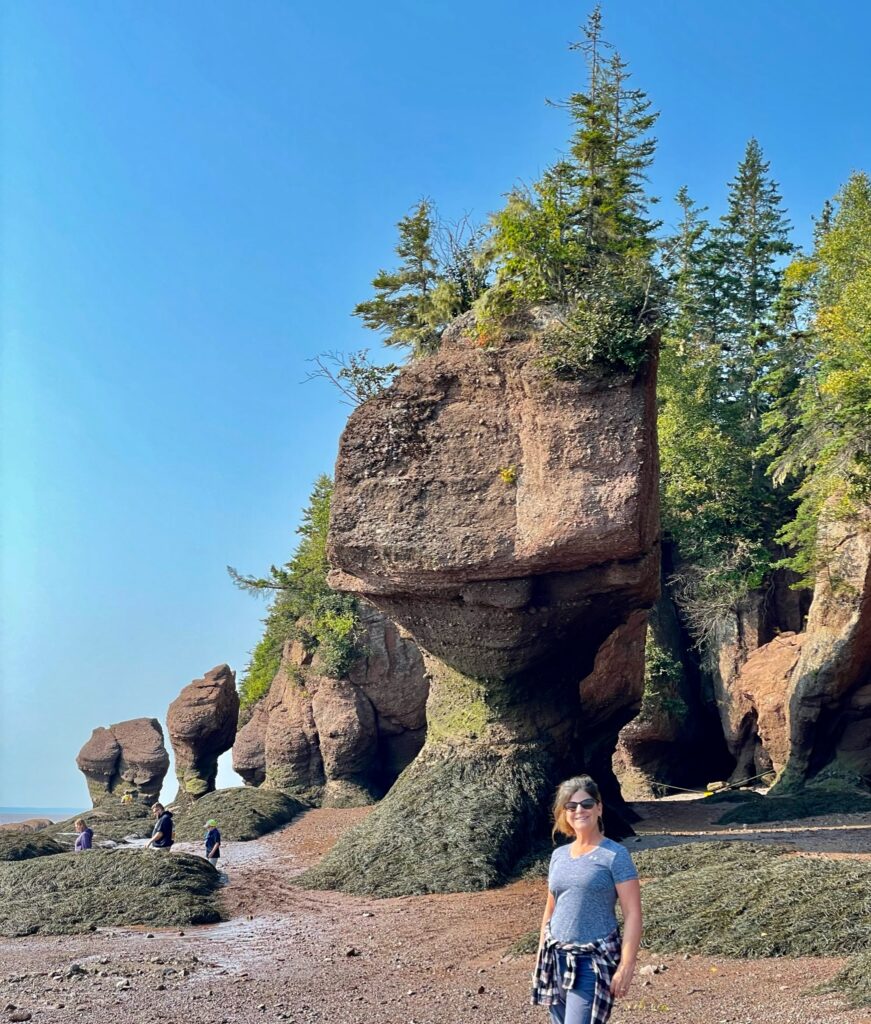

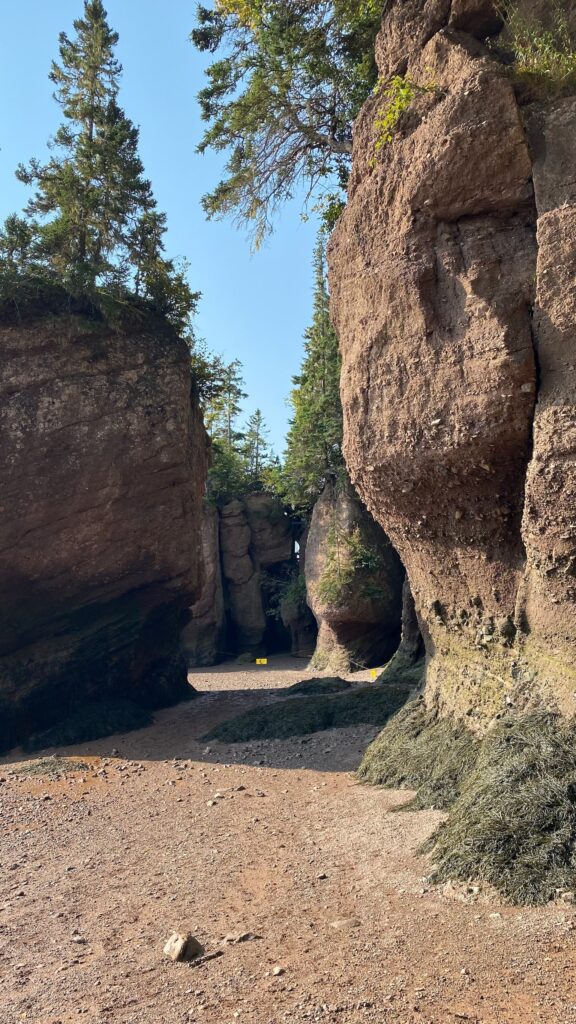
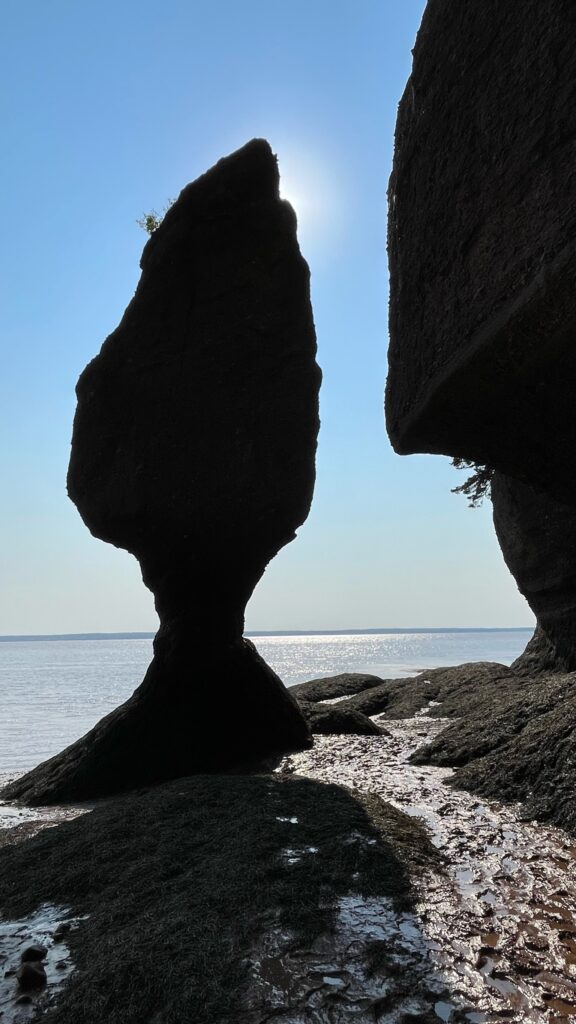

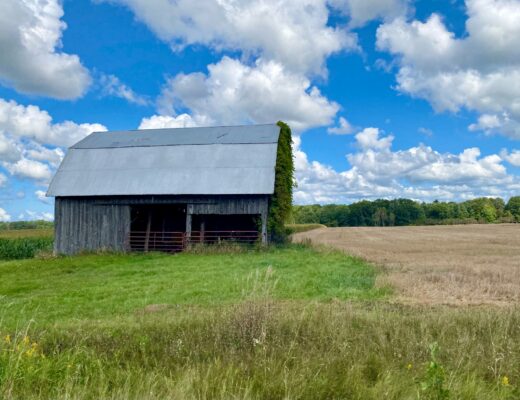

















 Did you know that the oldest and largest aviati
Did you know that the oldest and largest aviati



